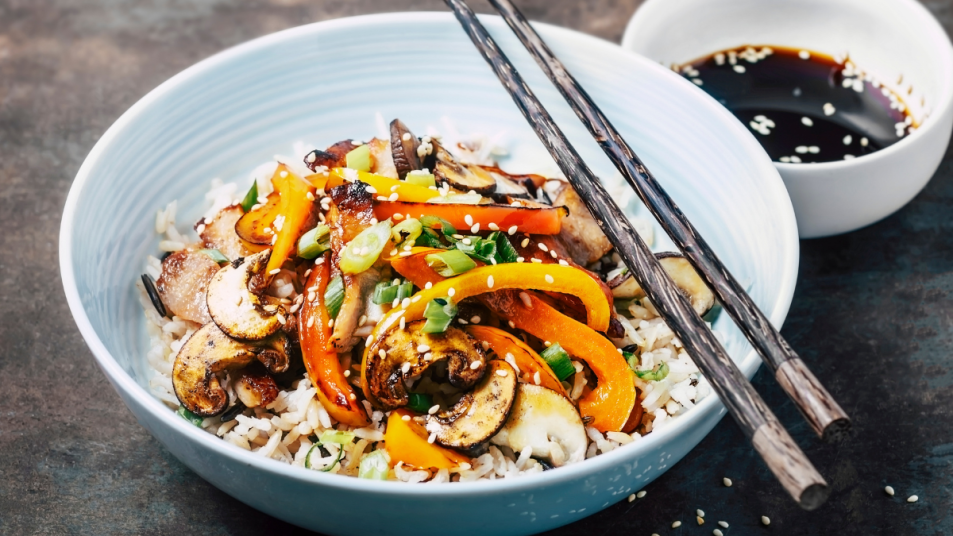Many of the World’s Oldest — and Healthiest — People Follow This Diet

What does the diet of someone who’s lived to be 100 look like? Centenarians attribute their longevity to all sorts of foods, but the eating habits of a large group of older people in Japan have gotten considerable attention in recent years. Here’s what you need to know about their food regimen, which is more commonly know as the Okinawa diet.
What is the Okinawa diet?
The Okinawa diet originated in the southwest part of Japan, where researchers found that the area had one of the highest concentrations of people who lived to be over 100 in the world. Not only that, but residents in the area also had fewer age-related diseases and health issues than other populations, even those who also have people who were centenarians. Understandably, their questions soon turned to why that was, and they began to study their eating habits.
The Okinawa diet is pretty straightforward: It’s a carb-based plan that’s comprised of roughly 90 percent plant-based foods, which are largely vegetables and soy products. In fact, vegetables comprise about 60 percent of the diet, while whole grains are around 33 percent, soy foods are roughly five percent, and meat and seafood is one percent.
Why is it so powerful in terms of not just helping people get older but also stay healthy as they age? Scientists point to the fact that many of these plants contain compounds like polyphenols and antioxidants, which fight free radicals that damage cells over time and cause health problems like cancer. Lots of the same elements are also anti-inflammatory. Additionally, many of these foods are considered “low-glycemic” choices, so they regulate blood sugar and keep issues like diabetes and heart disease at bay in the process.
What should you eat on the Okinawa diet?
The most common staples of the regimen include sweet potatoes, shiitake mushrooms, burdock, seaweed, kelp, bitter melon, edamame, cabbage, tofu, and carrots. Noodles and rice are also sprinkled throughout meals. Other regular elements include plenty of jasmine tea as well as herbs and spices like turmeric, mugwort, and moringa. Fruits and seeds aren’t “off-limits” by any stretch, but they’re not a main focus.
While the regimen is similar to the popular Mediterranean diet, it puts less of an emphasis on healthy fats (like those you get from olive oil and fish) and instead focuses on plant-based carbs.
Who shouldn’t try it?
There are a few key concerns to think about before you try the Okinawa diet for yourself. It may seem highly restrictive to some, and it could be difficult to get certain nutrients if you’re not paying attention to what you’re eating; you may potentially need to supplement your food with extra vitamins or something else. It’s also higher in sodium than other diets, which could make it difficult for people who need to manage their salt intake.
Regardless, make sure to talk to your doctor before you start any new diet or food regimen. It’s better to be on the safe side!












